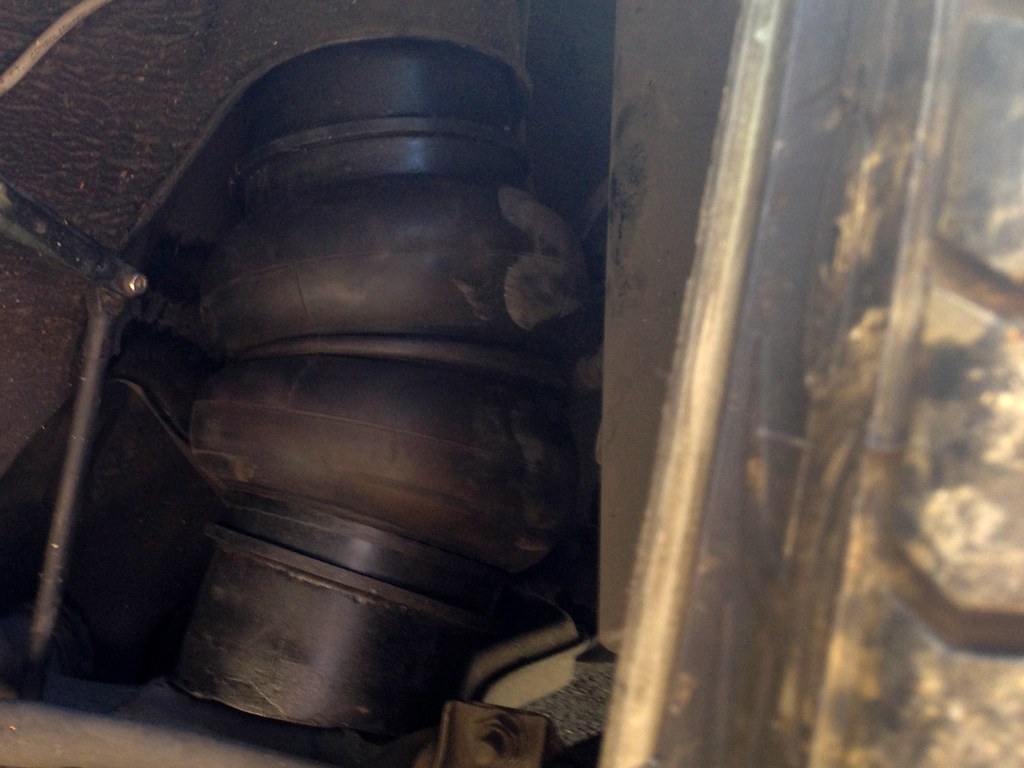I'm dieing to see that arduino setup in action










 Although when the Arduino compiles your code, it will automatically optimize your code. Just in this case, the const is a sure fire way to prevent any of your code itself from accidentally modifying those variables. Also, using preprocessor #define is just a stylistic habit for me. It essentially does the same thing.
Although when the Arduino compiles your code, it will automatically optimize your code. Just in this case, the const is a sure fire way to prevent any of your code itself from accidentally modifying those variables. Also, using preprocessor #define is just a stylistic habit for me. It essentially does the same thing.




 . If my understanding is correct, endif is only used as part of a preprocessor directive, as in an #if / #endif block for conditional compiling or whatever. Regular if statements can be killed with a closing curly brace. That might be wrong, being that the extent of my programming experience is limited to terrible high school projects in long-dead languages that mostly didn't work.
. If my understanding is correct, endif is only used as part of a preprocessor directive, as in an #if / #endif block for conditional compiling or whatever. Regular if statements can be killed with a closing curly brace. That might be wrong, being that the extent of my programming experience is limited to terrible high school projects in long-dead languages that mostly didn't work.




Leave a comment: